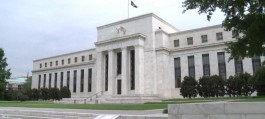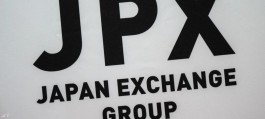The oil market showed signs of weakness despite the recent escalation in geopolitical tensions ahead of the OPEC+ meeting.
The spread (nearest two contracts) for Brent crude narrowed to its lowest since January, as money managers continued to reduce their bets on higher crude prices. Futures traded in a narrow range between bid and ask prices, and implied volatility remained near its lowest since 2019.
Brent crude held on to a slight loss to remain below $84 a barrel on Tuesday, while West Texas Intermediate crude was below $80, despite more Ukrainian drone attacks on Russian refineries and another Houthi attack in the Red Sea over the weekend.
Waiting for OPEC+
Crude has risen about 9% this year on OPEC+ cuts, but Brent futures have fallen since mid-April. Traders are looking ahead to an OPEC+ meeting in early June that will set the group’s supply policy for the second half, though market watchers largely expect the current curbs to be extended.
The value of swaps linked to physical North Sea cargoes fell for the first time since February on Monday, adding to bearish signals in the oil market. Some refineries have also cut processing rates due to weak fuel demand.







































